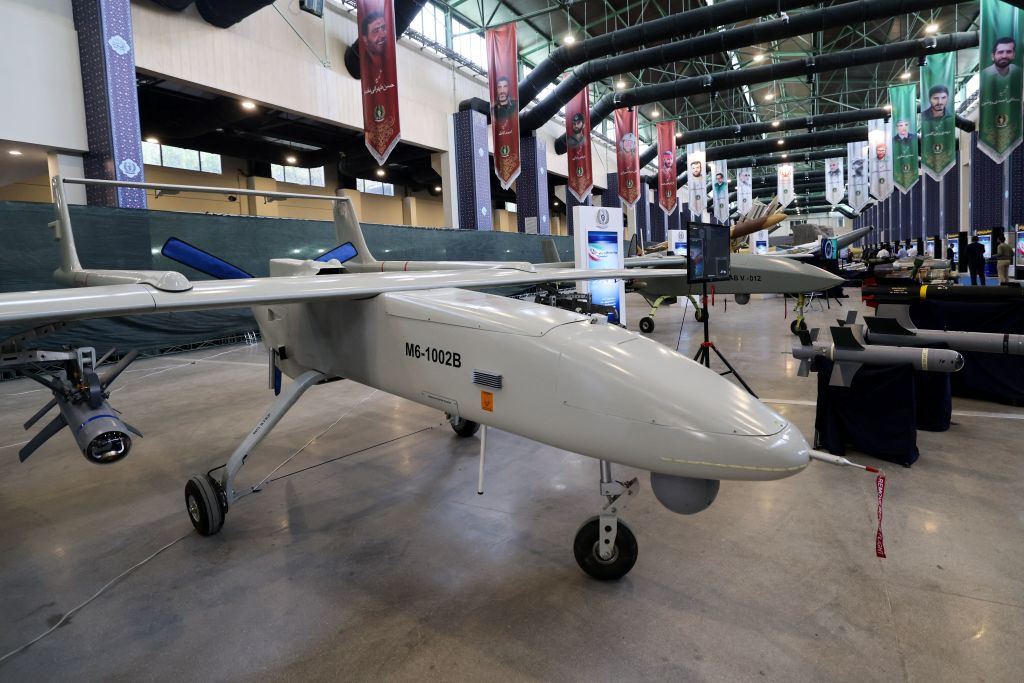ADF STAFF
As government forces and extremists increasingly use low-cost drones a on battlefields to monitor and attack each other, civilians often are caught in the middle with deadly consequences.
The drone technology ranges from off-the-shelf mail-order hobby kits to military-grade machines developed by China, Iran, Turkey and other countries. At least 21 African militaries now use drones, as do extremist groups such as Boko Haram.
For governments and civilians, low-cost drones are easily acquired air support and an alternative to manned aircraft, which are expensive and require highly trained pilots.
The proliferation of drones has led to a rise in civilian deaths in the regions where drones operate.
“They cause great anxiety, because everyone knows the bloodshed they cause,” Henok, a shop owner in the Ethiopian town of Wegel Tena, told the Globe and Mail.
The Ethiopian government used drones widely during its two-year war with rebels in the Tigray region, and it uses them against militias in the Amhara and Oromia regions.
Because of their small size, drones can be hard to spot and nearly impossible to defend against. They can be programmed to operate in groups, known as swarms, and can be armed with anything from a simple mortar bomb to laser-guided missiles.
Despite the popularity of imported drones, African countries are increasingly developing their own unmanned aerial vehicle (UAV) technology. Nigeria and South Africa lead the continent in the race to build drones.
A study by Military Africa estimated that the continent now has 35 varieties of locally produced drones either operating or close to being deployed. Egypt, Ethiopia, Kenya and Sudan have also joined Africa’s UAV arms race.
Many of those same countries have invested heavily in imported UAV technology, adding thousands of new drones to their collective arsenals.
Although governments use their new aerial weapons against extremists, they also have inadvertently killed hundreds of civilians in recent months:
- Between August and November 2023, Burkina Faso’s junta-led military used Turkish-made drones in airstrikes that killed at least 60 civilians in three different locations.
- In December 2023, the Nigerian Army accidentally killed 85 people, many of them women and children, in the village of Tudun Biri in Kaduna State while trying to take out a rebel group.
- In March, Mali’s junta-led military killed at least a dozen civilians during two nighttime drone strikes on the community of Amasrakad. The military claimed it killed terrorists in their vehicle, but residents said the strikes also killed seven members of a single family while they slept nearby and killed more people who fled to a nearby compound for shelter.
- Also in March, Turkish forces used their own drones against al-Shabaab in Somalia, killing 20 civilians in Mogadishu.
Human rights advocates say the indiscriminate use of armed drones violates international law that requires combatants to distinguish between civilian and military targets and to avoid attacking civilians.
Drone users must use restraint and care when identifying their targets, according to Samira Daoud, Amnesty International’s regional director for West & Central Africa.
“It is unconscionable that whole families could be killed by drone strikes, without any accountability or justice,” Daoud said in a statement after the deadly drone strike in Mali.
Survivors of drone attacks against civilians say that many times the only warning victims get of an impending attack is the buzzing sound of an approaching drone’s propellers. By that time, it’s often too late to escape or hide.
“It’s easy to flee from war because you know when the fighting is approaching,” Henok said. “But you can never know when the drones will bomb you.”

